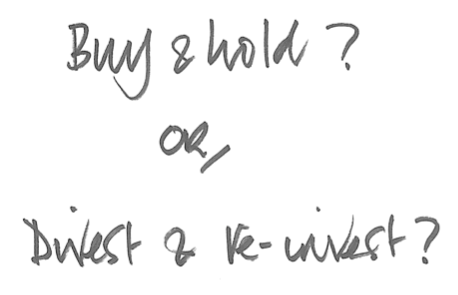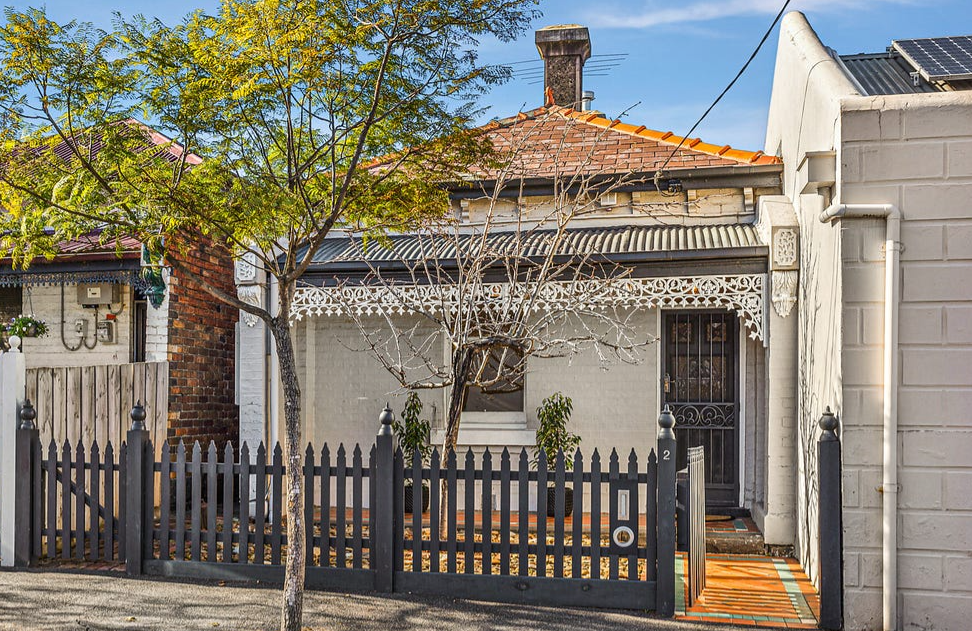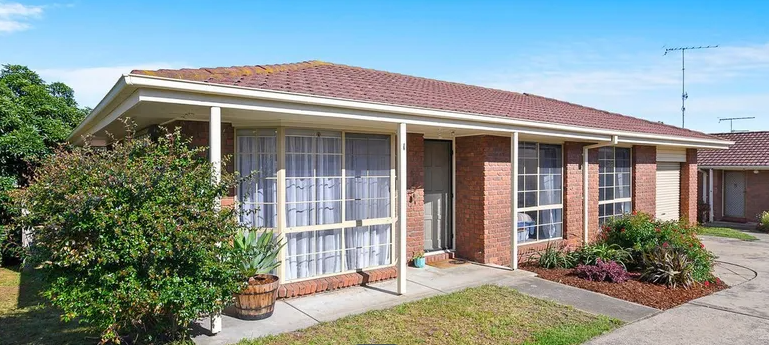There is so much more to property investment than merely buying a property and watching its capital value movements. From rental yield to outgoings, vacancy rates to tax considerations, the elements are all inter-twined and all important.
What is often missed is the strategy.
Our long term property investment strategy underpins our approach and our focus, yet so many either overlook this or don’t realise the relevance of it when they embark on investment property acquisition.

A property investor who wishes to build wealth through capital appreciation will likely elect to divest (some or all of their property assets) and later invest in other asset classes, such as shares. This particular investor will most probably focus on capital growth assets, ie. those that can outperform the market in terms of their capital value growth. This could be at the detriment of attractive rental returns.
A “buy and hold” investor, however will need to plot out their acquisitions, making sure they have a balanced cashflow that enables them to continue acquiring property, but more importantly, a cashflow that assists them in paying down all of the debt.
Ideally, they will want all of their properties to be unencumbered and delivering rental income at the point of their retirement commencement.
I often talk about the relationship between capital growth and rental yield. Some would argue, but in a stable market, it’s hard to achieve strong growth and yield. It doesn’t necessarily have to be one or the other, but in many markets this does prevail. An investor who is aiming for a blend of both may have to settle for moderated growth and yield.
An example of either option can be illustrated as follows. Take this capital growth property for example. It was secured only days ago for an investor client who’s focus is purely capital growth. This gorgeously renovated, period Victorian terrace in Melbourne’s inner north was secured for $1.325M and will likely rent for around $750pw. While it is tipped to deliver strong capital growth returns, the rental returns won’t break records at all. In fact, the cashflow shortfall associated with this property will be considerable, but this is all in the name of outperformance growth.

An investor who pays both principle and interest on their loan, and utilises offset effectively should be able to pay the entire loan down within 25 years; and possibly sooner.
Only at this point will they have an unencumbered property that is delivering them a rental return. Until then, however the owner will have a relatively hefty cashflow shortfall to manage until the point that the property becomes cashflow neutral. This time horizon varies, but typically it’s after around 12-15 years of ownership. If they have multiple capital growth properties in their portfolio, it’s likely that they won’t be able to pay down all of their debt across the portfolio. And for many, that’s OK. They will divest one, some or all to crystallise their gain, pay out their capital gains tax bill, and will likely reinvest the profits for a post-retirement income.
However, for an investor who has determined that their preferred strategy is to buy and hold, the canvas looks quite different. Take this investor’s acquisition as an example; a young investor we worked with purchased his second property two years ago in North Geelong.

This neatly renovated villa unit in a great street was purchased for $350,000 and rented immediately after settlement for over $370pw. At the time it was cashflow neutral, and his subsequent rental increases have now tipped it into positive cashflow territory.
“Buy and hold” investors must be cognisant of cashflow, and aside from this obvious return, other important elements need to be considered too. These include;
- maintenance requirements
- tenant demographic
- diversification
- long term outlook for each property/location
- tax implications
All too often we help an investor map out a portfolio that is tailored to their bigger picture, and years later they approach us to ask us why their asset is underperforming.
The issue is that they are losing sight of their own strategy in a lot of cases.
Some capital growth clients will come back to us just a year or so later to complain that their gross rental returns are less than their frend’s. Little do they realise that their friend opted for a yield strategy, as opposed to an agressive capital growth strategy.
And the converse of this is the case of an investor who chose a “buy and hold” strategy and has enjoyed the fruits of their decision in the form of optimised cashflow and positive rental returns, but is lamenting the fact that their property has not grown in capital value at the rate that other properties have.

I always remind them of their initial strategy and the reasons that they chose it.
For some who are more reliant on income to service debt, they also need to take heed of the fact that divesting a positively geared property may actually in fact reduce their borrowing capacity, as their income reduction will impact their borrowings.
They say that property is a long game, and it is. Those who don’t give their own strategy enough time to actually work are doing themselves a huge disservice.
Returns come in two shapes and sizes when it comes to property. We can’t neglect cashflow investing theory. For some, it absolutely has its place.

REGISTER TO OUR NEWSLETTER
INFORMATION
CONTACT US
1A/58 ANDERSON STREET,
YARRAVILLE VIC 3013
0422 638 362
03 7000 6026
CATE@CATEBAKOS.COM.AU
